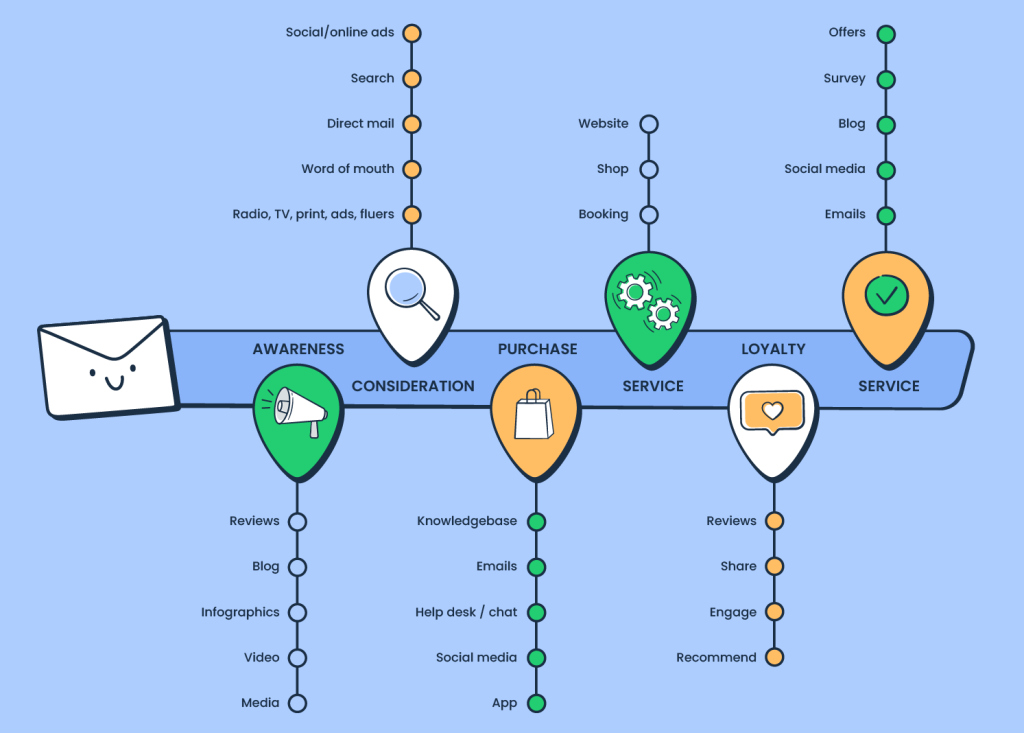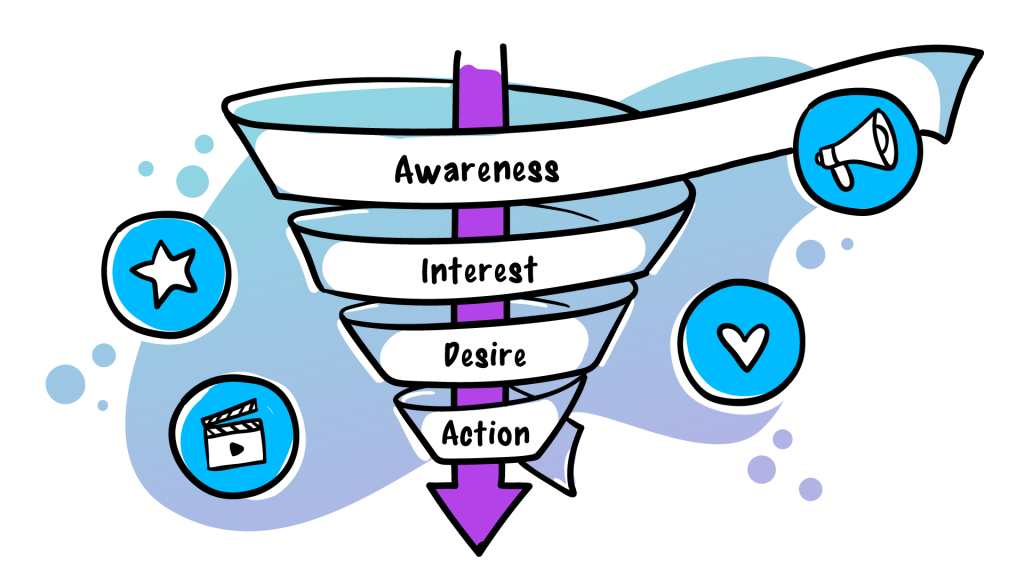Email marketing continues to dominate as a powerhouse in digital marketing, boasting an ROI of up to $40 for every dollar spent. But creating successful campaigns goes beyond persuasive content—it’s about strategic planning, seamless execution, and robust infrastructure. That’s where understanding the SMTP protocol comes into play. Whether you’re nurturing leads or converting them, a well-structured email marketing funnel is the secret to maximizing returns while ensuring your campaigns land exactly where they’re meant to—your recipient’s inbox.
How to Build a High-Converting Email Marketing Funnel with SMTP Support
What Is an Email Marketing Funnel?
An email marketing funnel is a structured framework designed to guide leads through the customer journey, from awareness to retention. With strategic SMTP implementation, your email campaigns not only stay deliverable but also ensure precise tracking and analytics.
Benefits of a Properly Built Funnel
- Lead Nurturing: Engage prospects at every stage.
- Personalization: Leverage data to establish trust and brand loyalty.
- Seamless Automation: SMTP services help manage key metrics like open rates and deliverability.
- Higher ROI: Keep recipients engaged and reduce bounce rates with reliable infrastructure.
Breaking Down the Funnel Stages
1. Awareness Stage: Start Smart
Your first email sets the tone. Use value-packed content like infographics or webinars to make an impression.
🔑 SMTP Tip: Ensure perfect delivery by setting up SPF, DKIM, and DMARC protocols, crucial for keeping emails out of spam folders.
2. Interest Stage: Spark Curiosity
Once potential customers recognize your brand, offer educational content tailored to their needs, such as tutorials or guides. This keeps them engaged while building your authority.
🔑 SMTP Tip: Monitor engagement metrics in real time to test what content resonates most.

3. Consideration Stage: Build Trust
By this stage, leads are evaluating your offerings against competitors. Case studies, testimonials, and product demos can tip the scale in your favor.
🔑 SMTP Tip: Use dynamic content and A/B testing to personalize messaging effectively.
4. Conversion Stage: Seal the Deal
Encourage action through exclusive offers or limited-time promotions. Simplify the buying process with clear CTAs.
🔑 SMTP Tip: Use transaction monitoring tools to ensure timely email delivery for high-stakes campaigns like flash sales.
5. Retention Stage: Keep Them Engaged
Send follow-up emails with helpful resources or upselling offers. Loyal customers are your best advocates, so keep the relationship alive.
🔑 SMTP Tip: Schedule regular, automated emails to maintain a steady flow of communication.
How to Build Your Funnel Framework
Step 1: Identify Your Audience
Use buyer personas to align your messaging with customer pain points and desires.
Step 2: Map the Customer Journey
Visualize every touchpoint to optimize content delivery.
Step 3: Automate with SMTP Protocols
SMTP ensures flawless execution, from real-time reporting to bounce management.
Step 4: Refine with Data
Track metrics like open and click-through rates to improve performance continuously.
Measuring Success: Key Metrics for SMTP-Backed Campaigns
- Open Rates: Gauge the effectiveness of your subject lines.
- Bounce Rates: Identify infrastructure issues and maintain list hygiene.
- Conversion Rates: Evaluate ROI to tweak the funnel effectively.
- Spam Complaints: Ensure email quality with proper SMTP configuration.

Read more:
- Email Marketing for Small Businesses: Boost Reach and ROI
- The 4 Types of Email – What You Need to Know
- How to increase your email open rates – 12 actionable tips
From guiding leads to converting and retaining customers, every stage of the email marketing funnel demands precision. Integrating SMTP into your strategy ensures seamless delivery, robust analytics, and ultimate scalability. Ready to transform your email campaigns into profit-generating machines? Start building your funnel today with SMTP as your trusted ally.